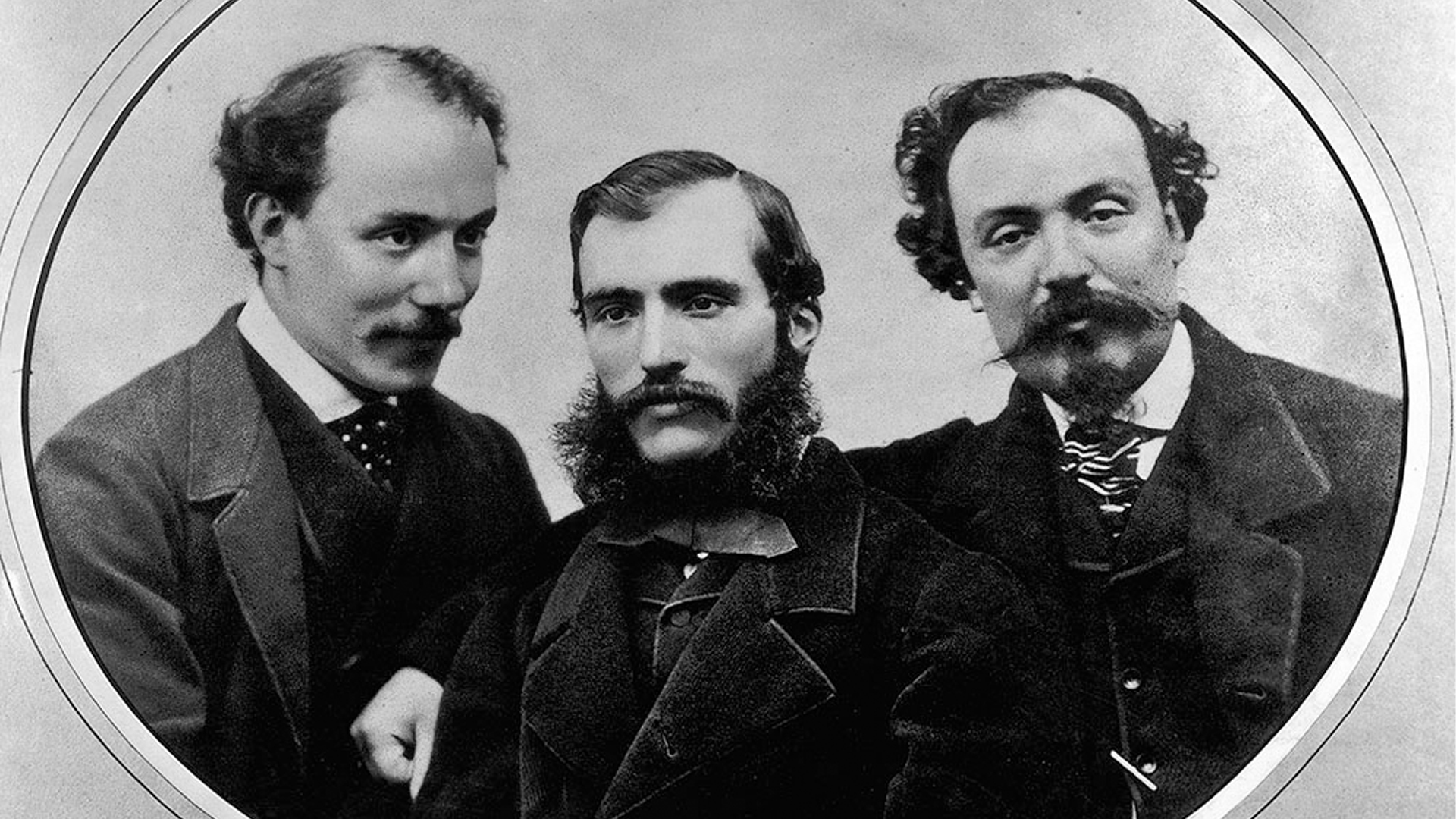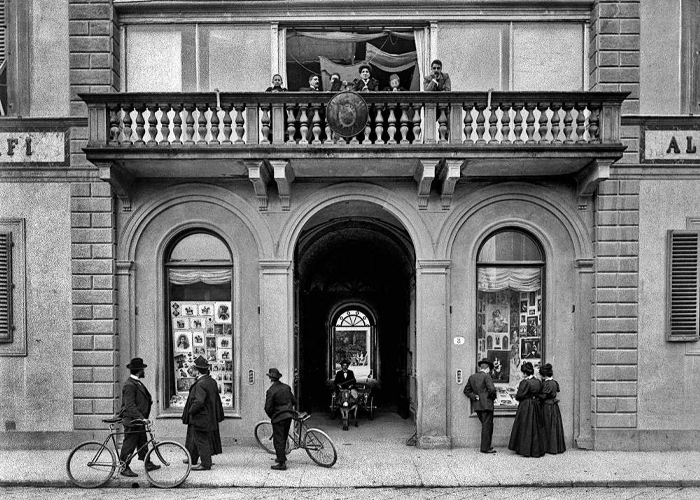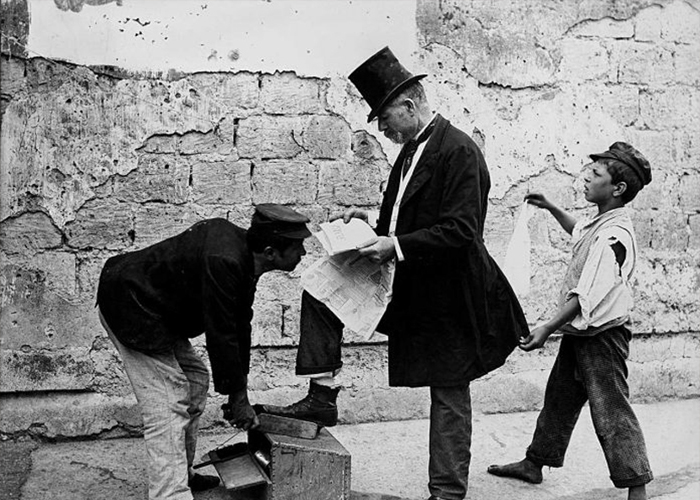The world’s first photographic firm was founded in 1852 by twenty-year-old Leopoldo Alinari, later joined by his brothers Romualdo and Giuseppe. The Florence-based Fratelli Alinari Studio would expand with offices in Rome, Naples, and Milan. The talented and forward-looking brothers made great success capturing Italy’s historical-artistic and architectural heritage, museum collections, and landscape of the country, spreading Italian culture and art throughout the world in black and white.

These young brothers with vision believed that photography would be the art of the future. In 1863, they made their headquarters at Florence’s Via Nazionale Palace, known today as Largo Alinari. 170 years later it was relocated to the XIV-century Villa Fabbricotti. After Leopoldo's death, his brothers continued the business and eventually Leopoldo's son, Vittorio, took over. He sold the business in 1920 but it continued trading under the Fratelli Alinari name (Fratelli Alinari I.D.E.A., or Institute for the Artistic Editions). In 1985, their work was memorialized with the opening of the Museo della Storia della Fotografia Fratelli Alinari (later Museo Nazionale Alinari della Fotografia).

(Photo credit: Alinari Archives)
In 2019, the Archive was purchased by the Region of Tuscany, which saved it from dispersion. The first step was the establishment of the FAF Toscana (Fondazione Alinari per la Fotografia) in order to manage it in the best possible way, conserving and promoting the collection. The second step in this important preservation project was the acquisition of the Fratelli Alinari Idea S.p.a. and its digital heritage consisting of an archive of 259,692 images and related databases, management and storage systems, trademarks and the rights of use of the images conferred with the rest of the collection to the FAF Toscana.

(Photo credit: Alinari Archives)
The magnificent collection “is a heritage of more than five million pieces, including photographs, documents, specialized books and historical technical equipment, to which almost 260,000 digital images have now been added. The photographic material (4,950,000 pieces) consists of 1,650,000 black-and-white film negatives, 470,000 collodion and gelatin glass plate negatives, 700,000 images representing the holdings of photo libraries, and 420,000 color slides. The remaining 50,000 items are divided among books and magazines (25,000), art print shop pieces (26,000) and photographic equipment (400 items).”

(Photo credit: Alinari Archives)
In 2015, part of the Alinari Archive was acquired by the American Google Cultural Institute, the digital platform that protects and promotes online culture. You can explore the Alinari Archives on the free mobile app available from the Google Play Store. Take a look at exhibitions such as “Italy in Food,” a collection of more than 80 images in black-and-white and color taken from the mid-1800s to the end of the twentieth century, marking changes in Italian daily life through the theme of food. The “Ancient Crafts and Customs of Italy” is emotional storytelling through rare pictures you’ll never forget, such as the watermelon and macaroni sellers and two poor shoe shiners (called sciuscià in the Neapolitan dialect) pictured in Naples in 1905.
Barbara Benzoni
Barbara Benzoni was born in Milan and lives between Rome and Tuscany. She is devoted to USA, the land of courage and innovation. She’s Peter's super-lucky mum and Ale's wife. Cinema, art, good food and only beautiful things are the themes of her existence. With a degree in Italian literature and a Masters in Sports Management she can both enjoys books and basketball matches. In 25 years she has been organizing sport events all over the world and she’s been lucky enough to meet the greatest champs ever. Curiosity in everyday life and people are her drivers. Her personal icon is Mohammed Ali : "It's not bragging if you can back it up".


